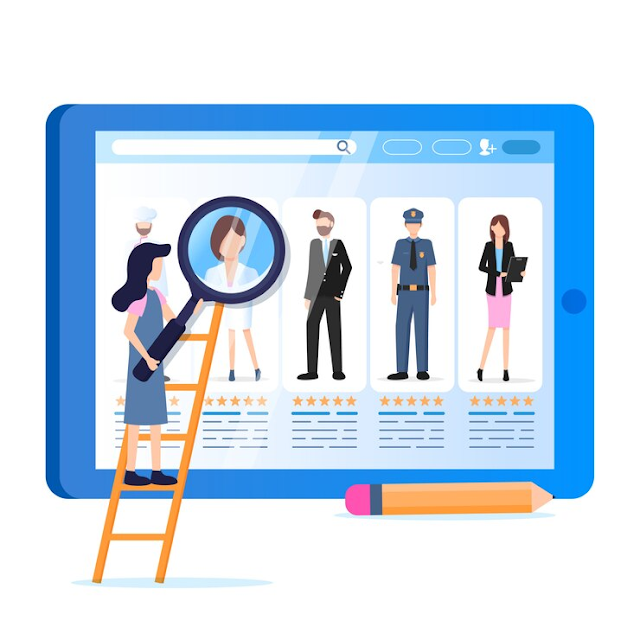AI vs. Traditional Tutoring: A Comparative Analysis
In an era where technology continuously reshapes every facet of our lives, education is no exception. The advent of artificial intelligence (AI) has introduced new possibilities in tutoring and personalized learning, challenging traditional methods and offering new pathways for educational advancement. As educators, students, and parents weigh their options, it's crucial to conduct a comprehensive comparative analysis of AI-driven tutoring systems versus traditional tutoring methods. This analysis will explore various dimensions, including effectiveness, accessibility, personalization, cost, and overall learning experience, to provide a clearer picture of how these two approaches stack up against each other.
1. Effectiveness
Traditional Tutoring
Traditional tutoring has long been a cornerstone of personalized education. Typically, it involves a one-on-one or small-group setting where a tutor provides individualized attention to a student. This direct interaction allows tutors to assess students' strengths and weaknesses in real-time and adapt their teaching methods accordingly. Traditional tutors often build a personal rapport with students, which can be beneficial for motivation and engagement. However, the effectiveness of traditional tutoring can vary widely depending on the tutor’s expertise, teaching style, and the student’s learning preferences.
AI Tutoring
AI-powered tutoring systems leverage advanced algorithms and machine learning to deliver tailored educational experiences. These systems analyze students’ performance data and adapt in real-time, providing immediate feedback and targeted exercises to address specific areas of improvement. AI tutors can offer consistent and unbiased support, delivering explanations and practice problems at any time of day. Research indicates that AI tutoring can be highly effective, especially when integrated with traditional methods, due to its ability to provide personalized and adaptive learning experiences.
2. Personalization
Traditional Tutoring
Personalization in traditional tutoring is often achieved through the direct interaction between the tutor and the student. Tutors can customize lessons based on their observations of a student’s needs and preferences. This human element allows for nuanced adjustments in teaching strategies, such as changing the pace of instruction or incorporating different teaching aids. However, personalization can be limited by the tutor’s availability and their ability to track and analyze a large volume of student data.
AI Tutoring
AI tutoring systems excel in delivering a high degree of personalization. They use data-driven insights to tailor lessons to each student’s specific learning style, pace, and proficiency level. Through algorithms that analyze students' responses, AI tutors can adjust the difficulty of exercises, suggest supplementary materials, and even predict future areas where the student might struggle. This level of personalization is often more scalable compared to traditional tutoring, as AI systems can handle vast amounts of data without fatigue or inconsistency.
3. Learning Experience
Traditional Tutoring
The learning experience with traditional tutoring is highly interactive and can be tailored to the student’s immediate needs. Tutors can engage in dynamic discussions, clarify doubts in real-time, and provide emotional support and encouragement. The personal connection between tutor and student can also foster a supportive learning environment that is conducive to academic growth and self-confidence.
AI Tutoring
AI tutoring provides a different learning experience, characterized by its reliance on data and algorithms. While AI tutors can offer immediate feedback and a vast array of practice problems, they lack the personal interaction and emotional support that a human tutor can provide. The experience can be more transactional, focusing primarily on the educational content and progress tracking. However, advancements in AI are continually improving the ability of these systems to simulate interactive and engaging learning environments.
4. Integration with Other Learning Methods
Traditional Tutoring
Traditional tutoring is often used in conjunction with classroom instruction and other educational resources. Tutors can complement what students are learning in school, provide additional practice, and help with homework. This integrative approach allows for a holistic educational experience but requires coordination between the student, tutor, and classroom teacher.
AI Tutoring
AI tutoring can also be integrated with other learning methods. Many AI platforms are designed to complement existing educational tools, such as online courses and interactive textbooks. These systems can provide additional resources and support tailored to the content being studied, enhancing the overall learning experience. Custom edtech development has played a significant role in creating platforms that seamlessly integrate with other educational technologies, offering a cohesive learning ecosystem.
5. Limitations and Challenges
Traditional Tutoring
Despite its benefits, traditional tutoring has limitations, including potential variability in quality and accessibility issues. The effectiveness of traditional tutoring can be influenced by factors such as the tutor’s teaching style and the student’s ability to engage with the material. Additionally, traditional tutoring requires logistical coordination and may be less scalable compared to AI-driven solutions.
AI Tutoring
AI tutoring also faces challenges, including the potential lack of human empathy and the reliance on data accuracy. While AI systems can analyze performance data, they may not fully understand the context behind a student’s difficulties. Moreover, the effectiveness of AI tutoring depends on the quality of the underlying algorithms and the richness of the data used for training. Ensuring data privacy and addressing concerns related to screen time are additional considerations for AI-based education.
Conclusion
In conclusion, both AI and traditional tutoring have their unique strengths and limitations. Traditional tutoring excels in providing personalized, interactive learning experiences with human support, while AI tutoring offers scalable, data-driven personalization and greater accessibility. The choice between AI and traditional tutoring ultimately depends on individual needs, preferences, and resources. Combining the strengths of both approaches could offer a more comprehensive educational experience, leveraging AI’s scalability and data-driven insights alongside the personal touch and adaptability of traditional methods.
As technology continues to evolve, the future of tutoring may see further integration of AI and traditional methods, creating hybrid models that harness the best of both worlds. Educators, students, and parents should remain open to exploring new possibilities and innovations in the field of education to find the most effective and accessible solutions for their needs.




Comments
Post a Comment